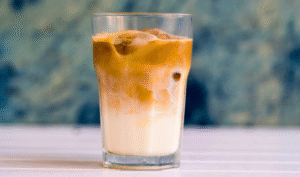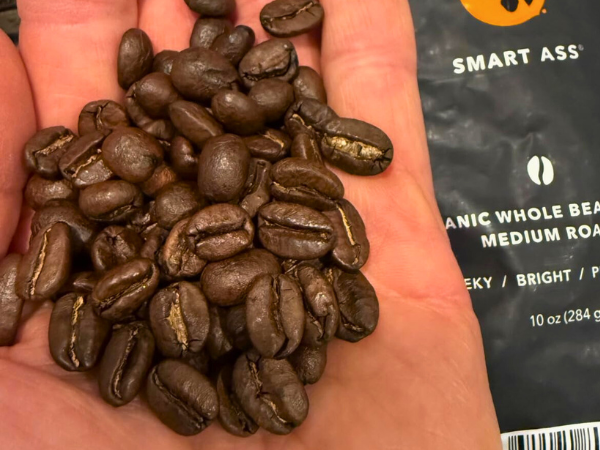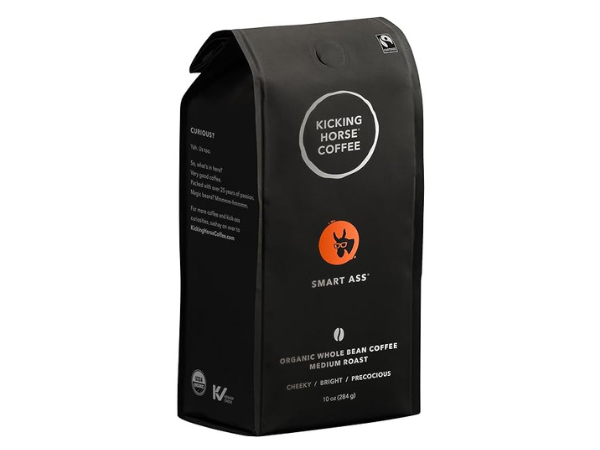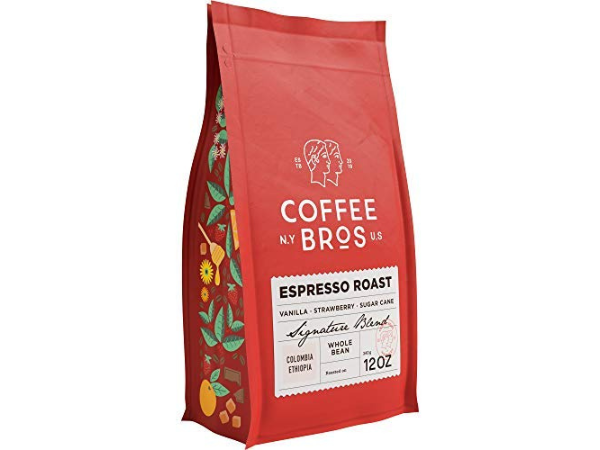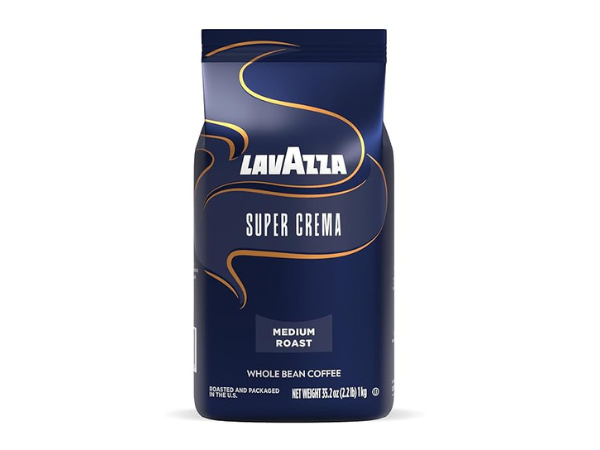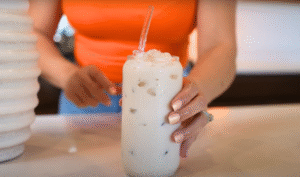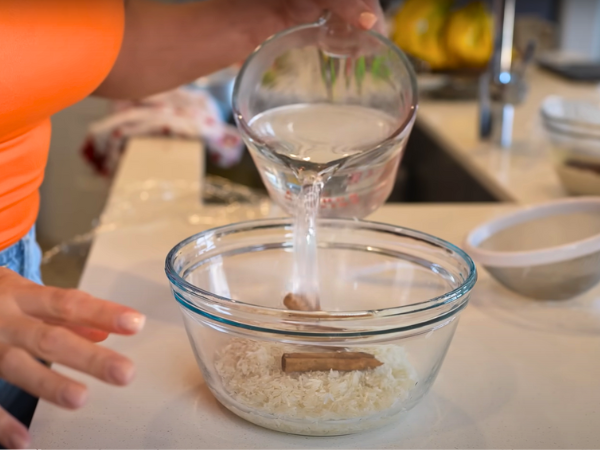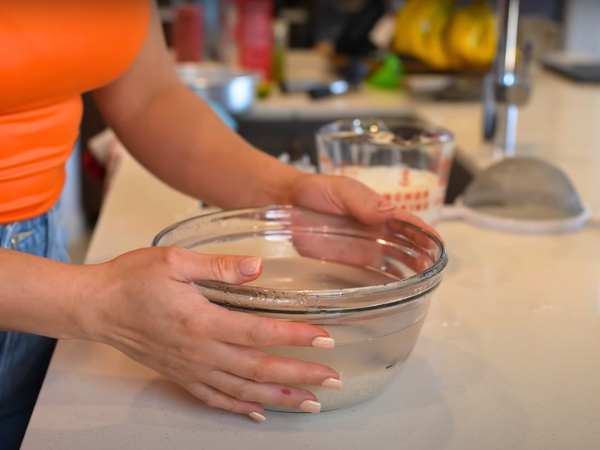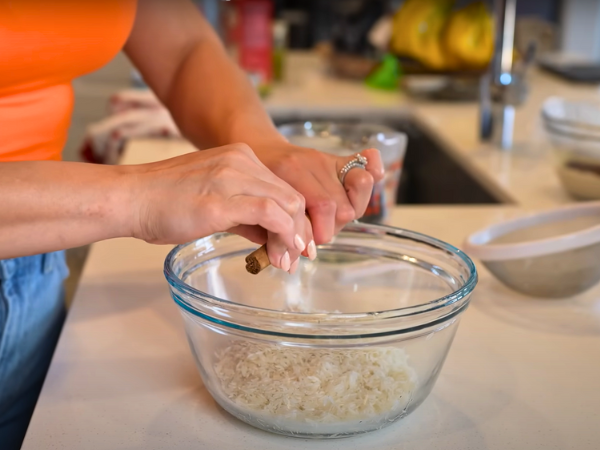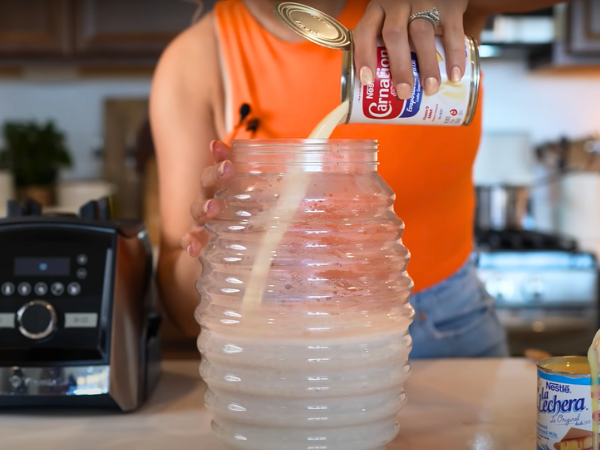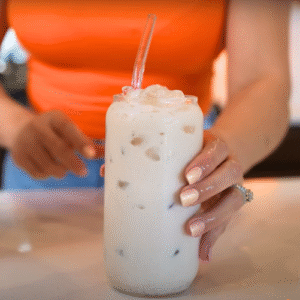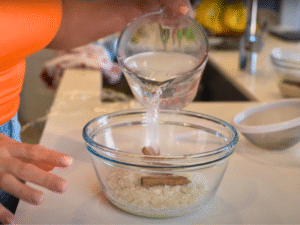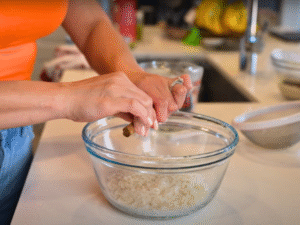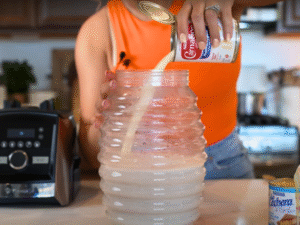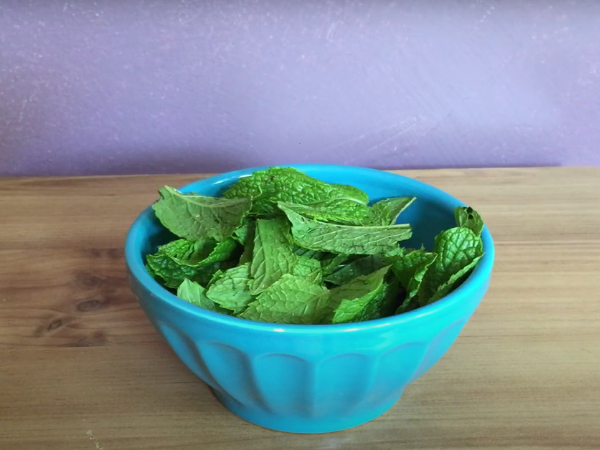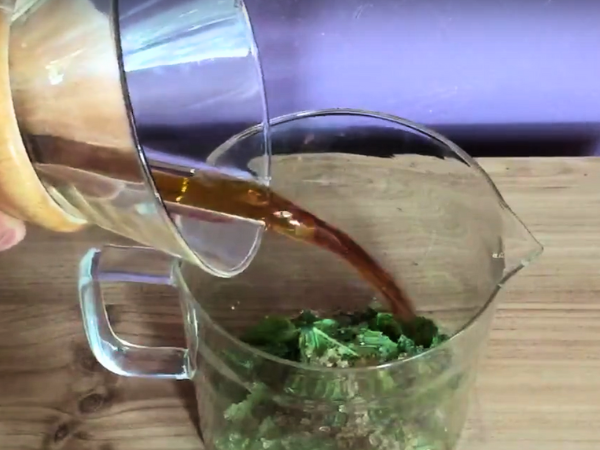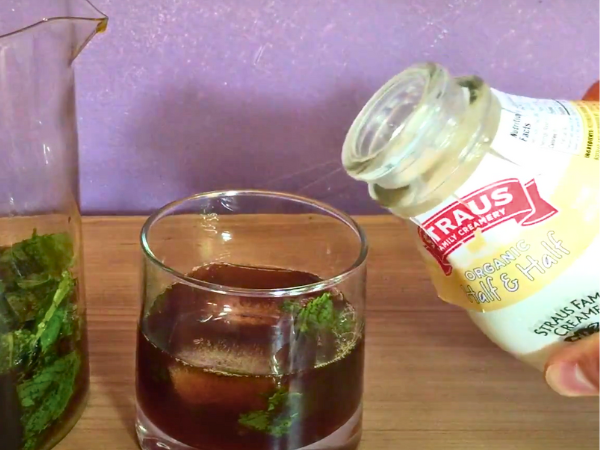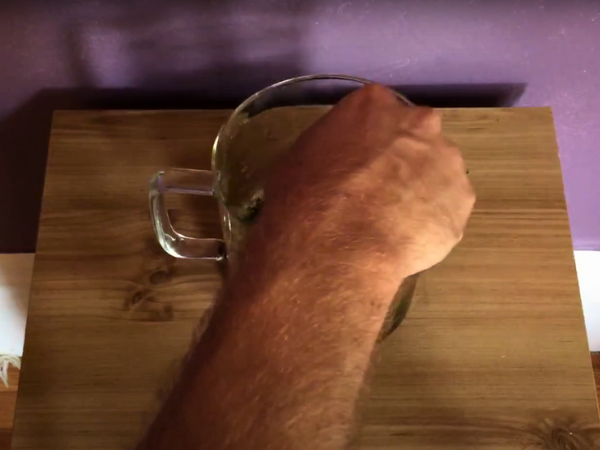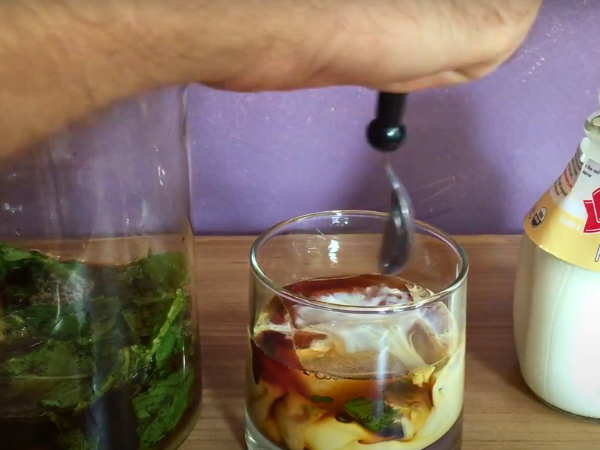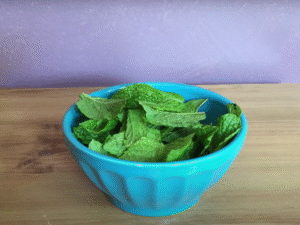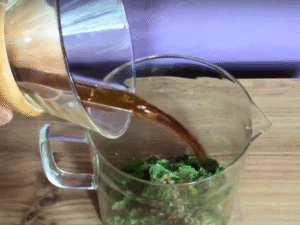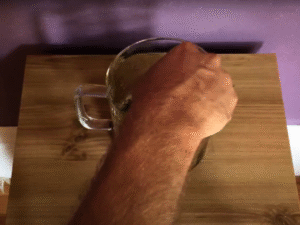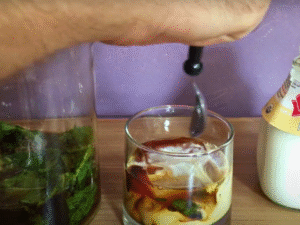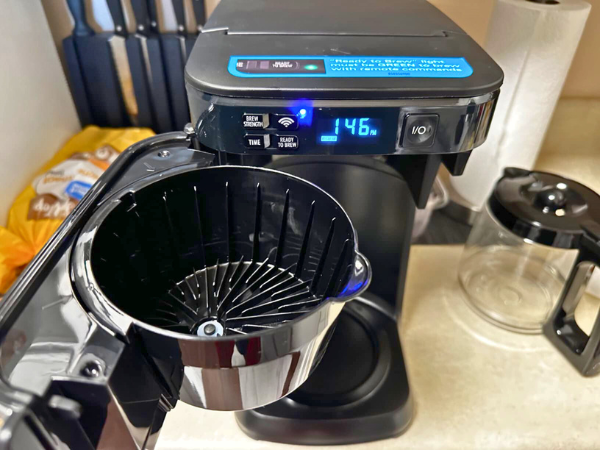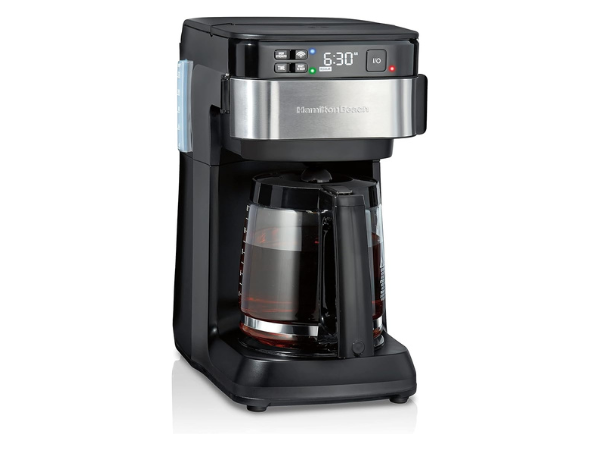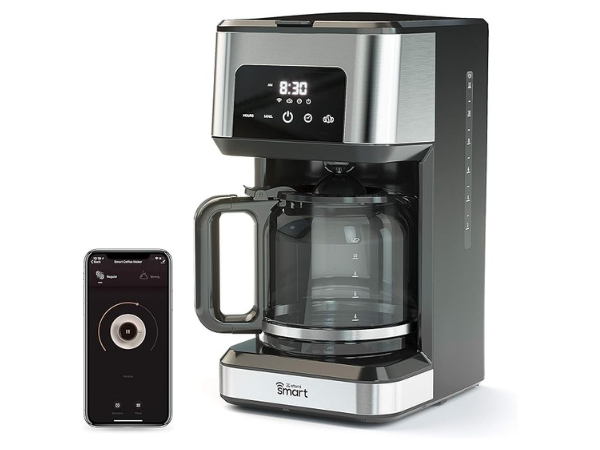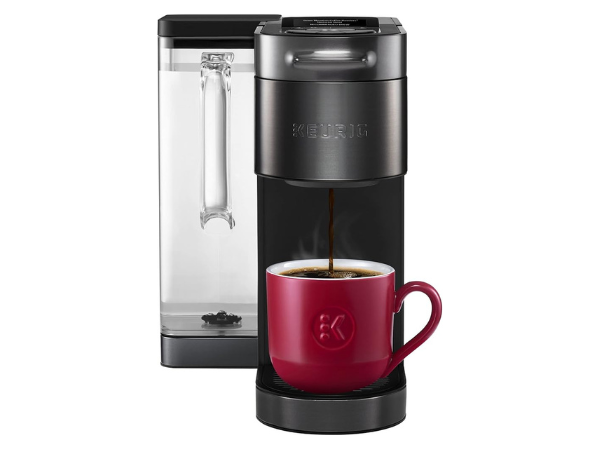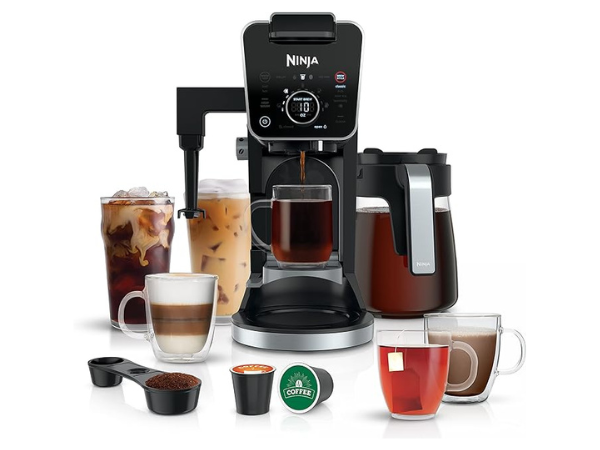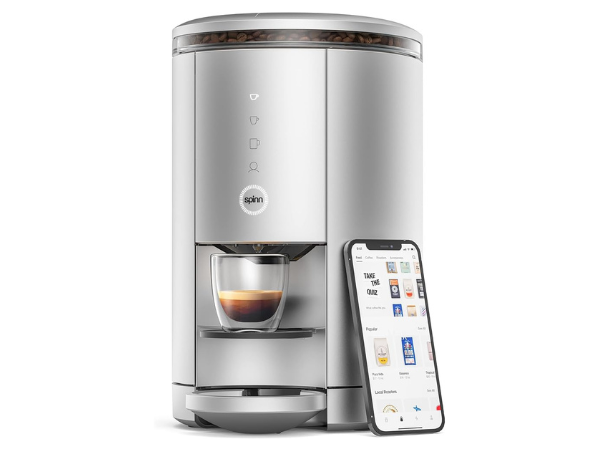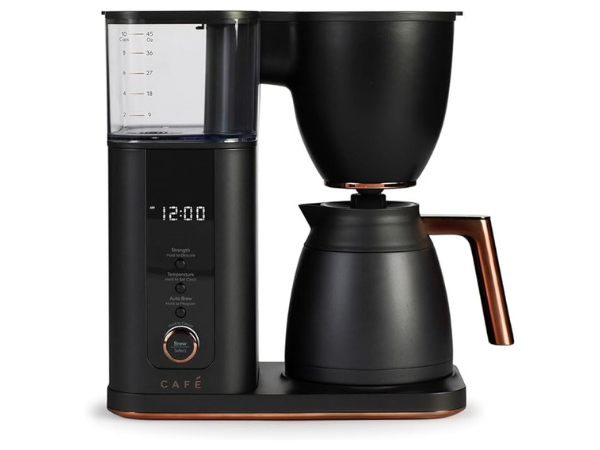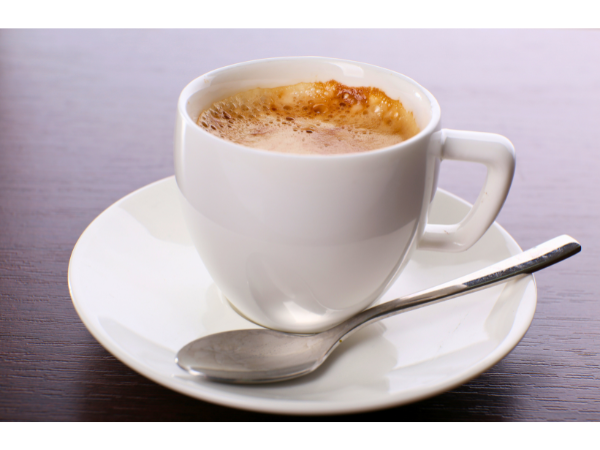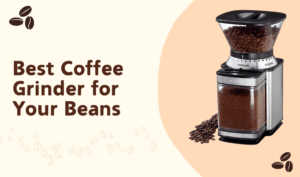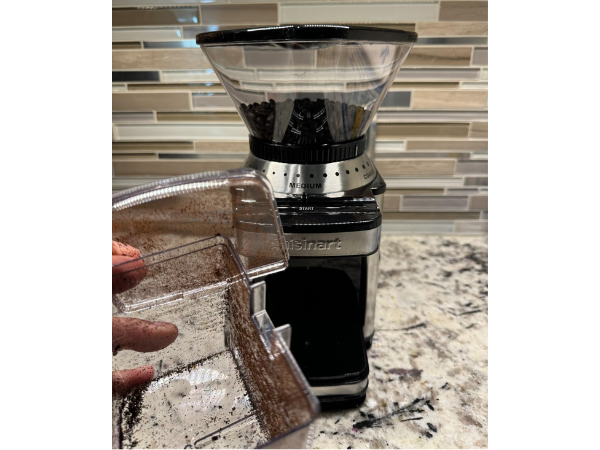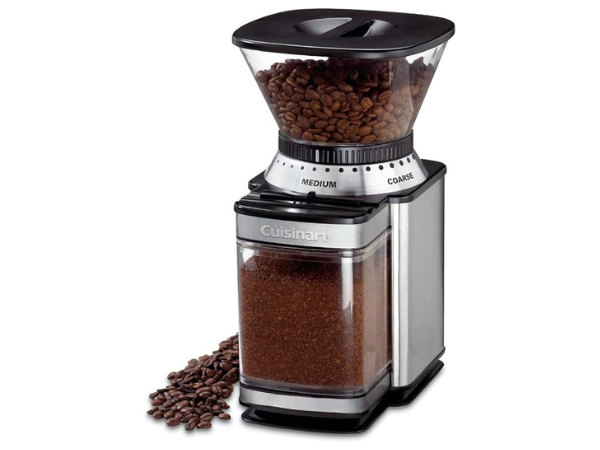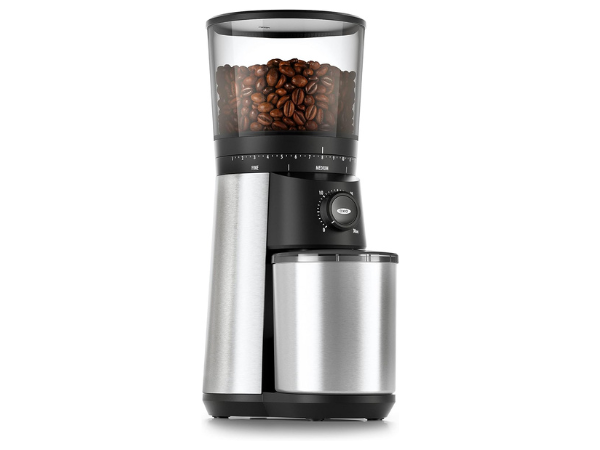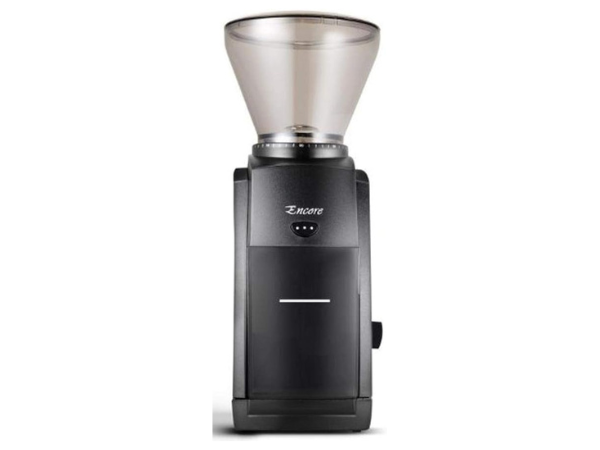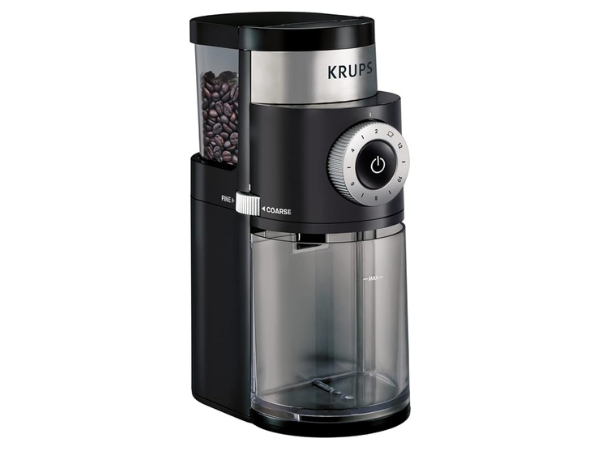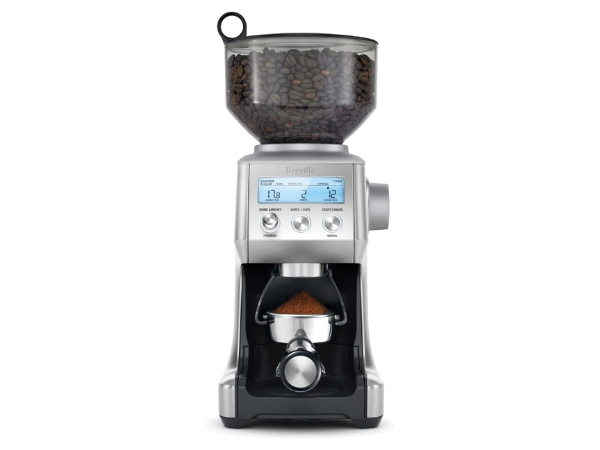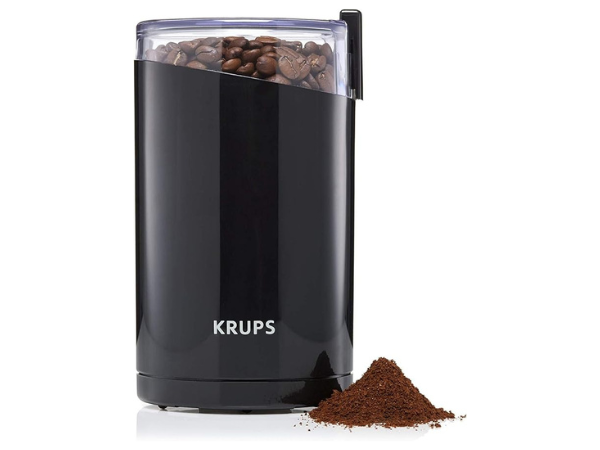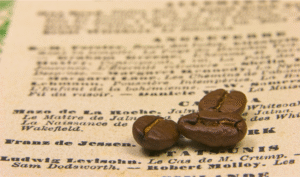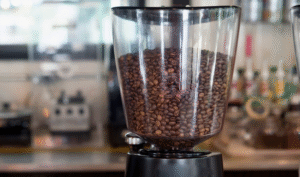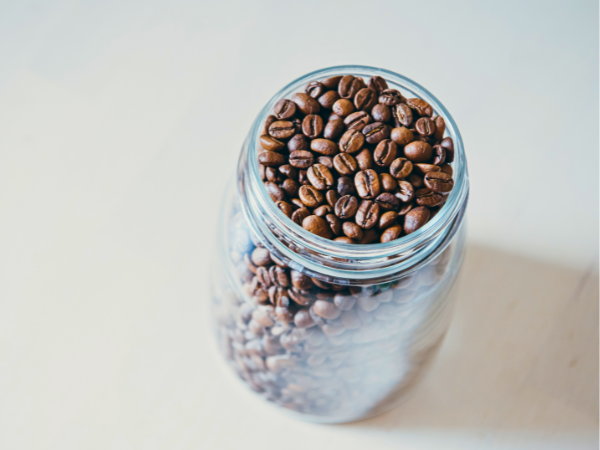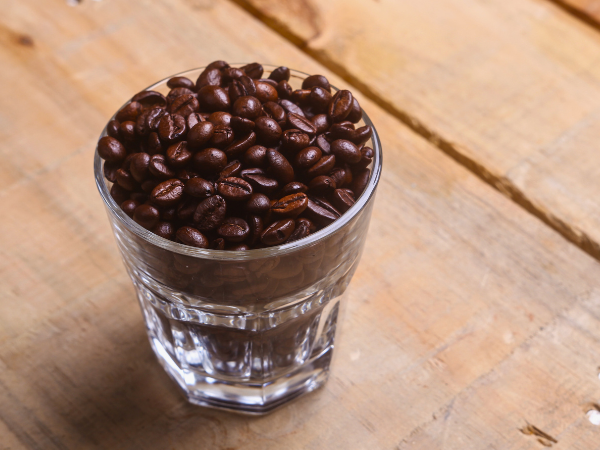Are you a coffee lover trying to decide between cold brew and iced coffee?
This guide you’ll discover the key differences between cold brew and iced coffee. You’ll learn how each drink is made and what makes them unique.
Understanding Iced Coffee
Iced coffee is made by brewing hot coffee and then cooling it down. The process is simple but can vary slightly. Here’s how it usually works:
- Start with fresh coffee beans. Use a medium to coarse grind.
- Measure your coffee and water. A common ratio is 1:15. One part coffee to fifteen parts water.
- Heat the water to just below boiling, around 200°F (93°C).
- Pour hot water over the coffee grounds.
- Let it steep for about 4 to 5 minutes.
- Strain the coffee using a filter or a fine mesh.
- Pour the brewed coffee over ice.
- Add milk, cream, or sweeteners if desired.
Cold brew and iced coffee are popular choices for coffee lovers. Both drinks are refreshing and perfect for warm weather. But they are not the same.
Characteristics Of Iced Coffee
Iced coffee has distinct features that set it apart from cold brew. Understanding these traits helps in choosing the right drink.
- Brew Method: Made with hot water, leading to different flavors.
- Flavor Profile: Often brighter and more acidic than cold brew.
- Serving Temperature: Served cold but brewed hot.
- Preparation Time: Quick to prepare, taking less than 10 minutes.
- Customization: Easily adaptable with milk, syrups, or flavors.
Many enjoy iced coffee for its versatility. It can be a base for various drinks like frappes or coffee cocktails. For those who prefer a stronger flavor, iced coffee is the way to go. The quick brewing process allows for immediate enjoyment.
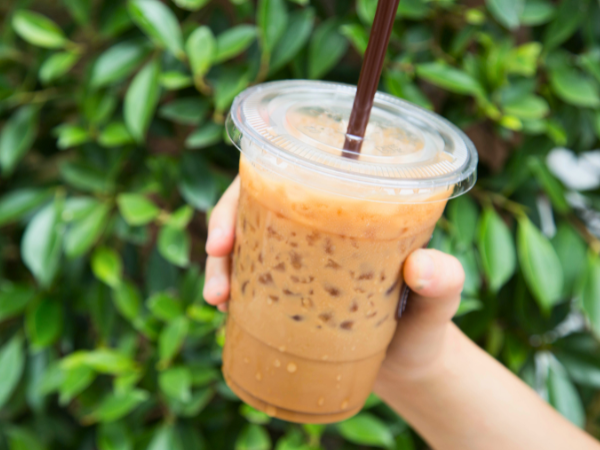
Diving Into Cold Brew
Diving into cold brew reveals its unique process and flavor profile. Understanding these differences helps you choose the right drink for your taste.
How Cold Brew Is Made
Making cold brew coffee is simple. It involves steeping coarsely ground coffee in cold water for an extended time. Here is a basic overview of the process:
- Choose Your Coffee: Select coarsely ground coffee beans. A medium or dark roast works well.
- Mix Coffee and Water: Use a ratio of 1:4 coffee to water. For a stronger brew, use less water.
- Steep: Let the mixture sit for 12 to 24 hours in the refrigerator or at room temperature.
- Strain: Use a fine mesh strainer or coffee filter to separate the coffee grounds from the liquid.
- Serve: Pour over ice and enjoy. Add milk or sweeteners if desired.
Here’s a quick table that compares steeping times:
| Steeping Time | Flavor Intensity |
|---|---|
| 12 hours | Mild |
| 18 hours | Medium |
| 24 hours | Strong |
This process creates a concentrated coffee. You can dilute it with water or milk. Cold brew is less bitter than hot brewed coffee. This makes it a favorite among many coffee drinkers.
Characteristics Of Cold Brew
Cold brew coffee has distinct characteristics that set it apart. Its flavor is smooth and sweet. The brewing process reduces acidity. This makes it easier on the stomach for some drinkers.
- Smooth Texture: Cold brew has a silky mouthfeel.
- Low Acidity: It is less acidic than traditional coffee.
- Rich Flavor: The taste is often described as chocolaty and sweet.
- Versatile: Enjoy it black or with milk, cream, or flavored syrups.
Cold brew is often served over ice. It can also be used in cocktails or desserts. Many cafes offer cold brew on tap, making it convenient to enjoy.
The caffeine content in cold brew can be higher than iced coffee. This depends on the brewing method and ratio used. Be mindful of how much you consume if you are sensitive to caffeine.
Key Differences: Side-by-side Comparison
Understanding these differences can help you choose the right drink for your taste. Below, we present a side-by-side comparison of key differences between cold brew and iced coffee.

Brewing Process & Equipment
Cold brew and iced coffee use different methods to create their flavors. Here are the main steps for each:
| Feature | Cold Brew | Iced Coffee |
|---|---|---|
| Brewing Time | 12 to 24 hours | 5 to 10 minutes |
| Water Temperature | Cold or room temperature | Hot |
| Grind Size | Coarse | Medium to fine |
| Equipment Needed | Cold brew maker or jar | Coffee maker or pour-over |
To make cold brew, coarsely ground coffee beans steep in cold water for hours. This slow process extracts flavors without bitterness. You can use a cold brew maker or simply a jar.
Taste, Acidity, And Caffeine
Cold brew and iced coffee have different flavors and acidity levels. Here’s how they compare:
- Taste:
- Cold brew has a smooth, mellow flavor.
- Iced coffee can taste stronger and more vibrant.
- Acidity:
- Cold brew is less acidic.
- Iced coffee has higher acidity due to hot brewing.
- Caffeine Content:
- Cold brew usually has more caffeine per ounce.
- Iced coffee has less caffeine, depending on brew strength.
Cold brew’s smoothness makes it a favorite for those sensitive to acidity. Iced coffee’s bright flavor appeals to those who enjoy bold tastes. Knowing these differences can guide your choice.
Choosing Your Perfect Chilled Coffee
Choosing your perfect chilled coffee depends on your taste and mood. This guide helps you decide whether to reach for iced coffee or cold brew.
When To Choose Iced Coffee
Iced coffee is a classic choice for coffee lovers. It’s made by brewing hot coffee and then cooling it down. This method preserves a strong coffee flavor, with a bright and acidic taste. Here are some reasons to choose iced coffee:
- Quick Preparation: Brew coffee, add ice, and enjoy.
- Familiar Flavor: Tastes like your regular hot coffee.
- Versatile Add-Ins: Great with flavored syrups or creamers.
- Instant Gratification: Perfect for those who want coffee right away.
Iced coffee is ideal for:
- A quick caffeine fix.
- Hot weather days.
- Those who enjoy a traditional coffee taste.
Here’s a simple comparison of iced coffee and cold brew:
| Feature | Iced Coffee | Cold Brew |
|---|---|---|
| Preparation Time | Short | Long |
| Taste | Bright and bold | Smooth and mellow |
| Caffeine Level | Medium | High |
Cold brew offers a unique coffee experience. It’s made by steeping coarse coffee grounds in cold water for several hours. This process creates a rich, smooth flavor with low acidity. Here are reasons to choose cold brew:
- Smooth Taste: Less bitterness than iced coffee.
- Less Acid: Easier on the stomach.
- Higher Caffeine: More caffeine per cup.
- Longer Shelf Life: Can be stored for up to two weeks.
Cold brew is perfect for:
- Those who want a smooth and mellow coffee.
- Coffee drinkers sensitive to acidity.
- People looking for a stronger caffeine kick.
Cold brew is a great choice for relaxing afternoons. It’s also a good option for coffee cocktails or smoothies. Enjoy it black or with milk for different flavors.

